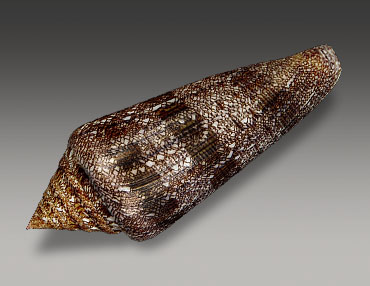
Glory of the Seas Seashell
Conus gloriamaris
Chemnitz, J.H., 1777.
When we talk about seashells, we’re discussing beautifully-packaged marine snails. These creatures inhabit all the oceans of the world, and are usually among five main types – clams, conches, cones, moon, and whelks. Most sea snails feed on tiny bits of suspended matter that float. On the other hand, the Cone variety has tiny harpoons and deadly poison agents to disable and then eat small fish that wander by.
The beauty and variety of shells have made them a popular collectable for millennia. Most casual collectors find them beachcombing. Others who take their shell collecting very seriously spend a lot of time and money for the finest and rarest examples.
Among these rarest of examples was the renowned ‘Glory of the Seas’, the Conus gloriamaris. It was first discovered in 1777. Over the decades, only a few examples had been found, which made it the rarest of seashells. Examples were only in museums or owned by wealthy collectors. At an 18th-century auction in Amsterdam, Vermeer’s Woman in Blue Reading a Letter sold for about one-third the price of a Conus gloriamaris seashell. In today’s market, Vermeer’s masterpiece would fetch well over $30 million.
The Glory of the Sea’s rarity and high demand continued for nearly two centuries. However, with the advent of scuba diving gear, more areas of the ocean could be explored. In 1969, the seashell’s habitat of hundreds was discovered near the Philippines. Prices collapsed. Today, one near perfect example can be added to a collection for about $150.
This specimen was acquired by the museum through Conchology of Lapu Lapu City, Cebu, The Philippines.